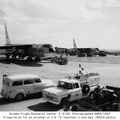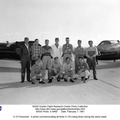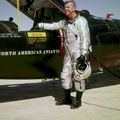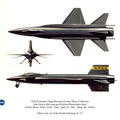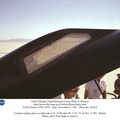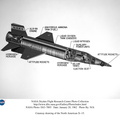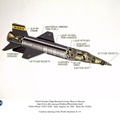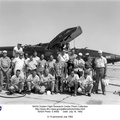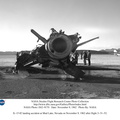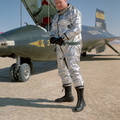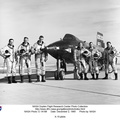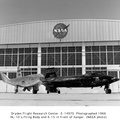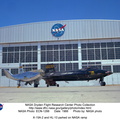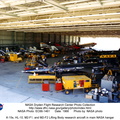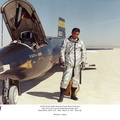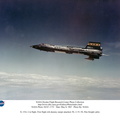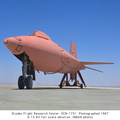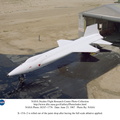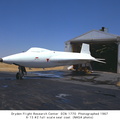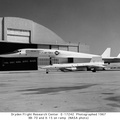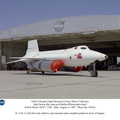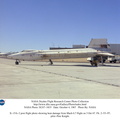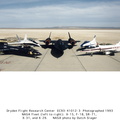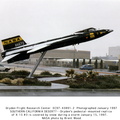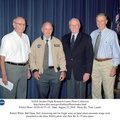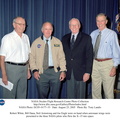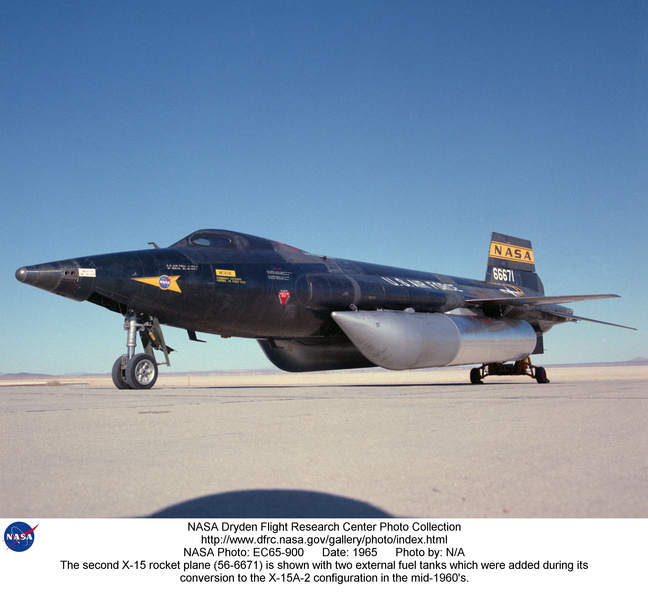
WIKIARCHIVES.SPACE
The Human Spaceflight Archive

The second X-15 rocket plane (56-6671) is shown with two external fuel tanks which were added during its conversion to the X-15A-2 configuration in the mid-1960's. After receiving an ablative coating to protect the craft from the high temperatures associated with high-Mach-number supersonic flight, the X-15A-2 was then covered with a white sealant coat.
Information
- Taken in
- Edwards Air Force Base
- Author
- NASA
- Description
-
The second X-15 rocket plane (56-6671) is shown with two external fuel tanks which were added during its conversion to the X-15A-2 configuration in the mid-1960's. After receiving an ablative coating to protect the craft from the high temperatures associated with high-Mach-number supersonic flight, the X-15A-2 was then covered with a white sealant coat.
This ablative coating and sealant and the additional fuel would help Air Force Col. William J. "Pete" Knight fly the #2 X-15 to a world record speed of 4,520 mph (Mach 6.7). The famed X-15 rocket planes were flown at NASA's Dryden Flight Research Center, Edwards, California, from 1959 through 1968. The X-15 was developed to provide data on aerodynamics, structures, flight controls and the physiological aspects of high speed, high altitude flight.
The joint NASA/U.S. Air Force/North American Aviation X-15 hypersonic flight research program is still considered to be one of the most successful NASA aeronautical research programs ever flown. One of the most advanced aeronautical tools of its day, the X-15 carried almost 600 instruments and sensors to record flight data. A wide range of experiments flown by the three X-15s during the 199-flight program helped advance the development of vital aeronautic and space flight systems.
- Created on
- Albums
- US SPACE PROGRAM / AERONAUTICS RESEARCH / X-15
- Source link
- https://www.dfrc.nasa.gov/Gallery/Photo/X-15/index.html
- Visits
- 11
- Rating score
- no rate
- Rate this photo
- License
- Public Domain
- Modified by WikiArchives
- No (original)
- Downloads
- 0
Powered by Piwigo










































